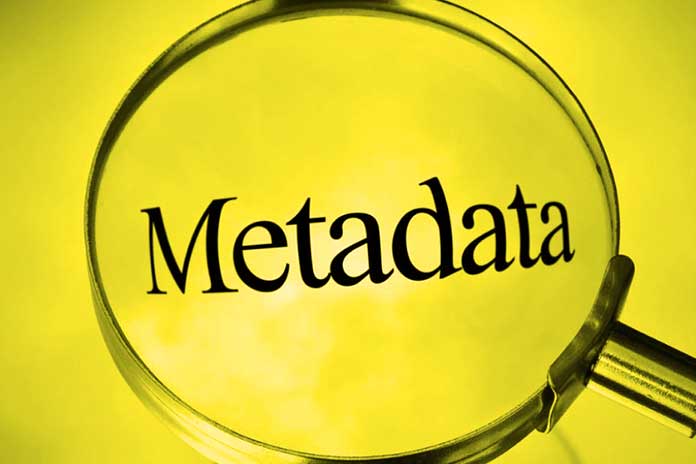The term metadata is used in a computer language to define a set of information about data. Metadata is also often referred to as data derived from English metadata.
What Are Metadata
The transition to digital documentary production has required adopting specific tools and satisfying the requisites necessary to govern the formation, management, keeping, and conservation of documents.
Among all these tools is the use of so-called metadata.
In the context of digital archives, metadata is the information necessary for the IT document to be able to create correctly, to be able to manage, and preserved over time.
The original (computer) document, being a virtual document, does not have the material component of paper and is stored in systems containing many digital objects.
Metadata and IT document
To keep a digital document and make it accessible over time, it must be placed about a set of information.
The essential information is as follows:
- The file name,
- The technical specifications on the software version,
- The technical requirements of the hardware,
- The dates of creation, those of access, and those of the last modification
- The author of the document
The more complex information is:
- The description,
- The terms of release,
- Access and use an object.
There is an Italian legislation on metadata that provides for minimum data that must be associated with the IT document, such as:
- Object
- Producer
- Closing date
- Identifier
- Recipient
Digital Documentation
These elements are used to attribute a precise identity to the digital document. This makes it clear why the archive formation phase is crucial for correctly keeping and conserving the digital paper.
Once the document is formed, it will have the life path that will lead it to be managed by other systems/software with the addition of further information.
An essential aspect to consider is that the metadata are not attributed to digital objects all at the same time but are accumulated throughout life to track their use, such as “accesses, transfers, changes, copies, etc. ”
Metadata describes the structure, content, and management over time.
Metadata And Its Categories
The complexity and management of digital information resources have led the international scientific community to create a series of standards by adding a rough distinction of metadata into three distinct broad categories:
- Descriptive metadata
- Administrative and management metadata
- Structural metadata
Descriptives
Descriptive metadata are used to identify and retrieve documents; they consist of normalized descriptions.
Administrative And Management
The administrative and management metadata are helpful for their leadership within the archive and include technical information, such as formats, creation procedures, and the technological environment.
Structural
Structural metadata includes the information to describe the internal articulation and relationships between the parts that make up digital objects.
Metadata Example
Metadata is necessary because it allows us to search and retrieve a document from our computer archive.
When we search to retrieve a document from our archive, we use search keys (if we don’t want to spend the whole day scrolling through endless lists of records).
These important search keys are represented precisely by the metadata associated with the document when it was entered into the management or storage system.
The info we use to search are:
- At your place
- Object
- Document number
- VAT number, etc.
We use these tools to retrieve the proper documents at the right time.
The Importance Of Metadata
As described above, some metadata must never be missing; their presence is essential to recover the documents; others must be present because they serve as a guarantee of the integrity of the document itself, and others because they contextualize it and help to place it correctly concerning other documents.
What Is The Difference Between Data And Metadata?
In computer science, metadata is a structured system of data on data; its specific purpose is to describe the content, structure, and scope of a computer document for its management and archiving over time.
Data is the crude description of everything. They are original, uninterpreted representations of a phenomenon, event, or fact, carried out through symbols or combinations of characters or any other form of expression linked to any medium.
Where Is The Metadata Located?
The metadata is found in the digital document. It is used to provide the paper with a precise identity through information such as the date, subject, and document number.


